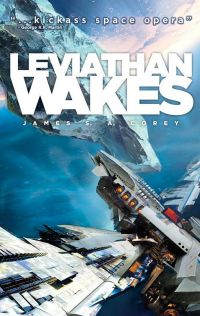A Death in Summer by Benjamin Black
 Tuesday, June 14, 2011 at 10:06AM
Tuesday, June 14, 2011 at 10:06AM Published by Henry Holt and Co. on July 5, 2011
Richard "Diamond Dick" Jewell, a wealthy businessman, stable owner, newspaper publisher, and orphanage sponsor, is dead at his desk, his head blown off. He is found "clutching a shotgun in his bloodless hands," an obvious attempt to disguise a murder as suicide. Detective Inspector Hackett is joined at the crime scene by his friend Dr. Quirke, filling in for the government's pathologist, who has been rendered unavailable by a heart attack. The initial suspects include Jewell's sophisticated French wife, Françoise d'Aubigny, who doesn't seem overly distressed at his demise; Maguire, the yard manager who was convicted of a violent crime many years earlier; the arrogant Carlton Sumner, a rival businessman with whom Jewell had recently quarreled; and Sumner's son Teddy. Jewell and Carlton Sumner are also linked by Sumner's maid, Marie Bergin, who once worked for Jewell. Another link -- one that appears to join all the suspects -- is St. Christopher's orphanage. Quirke is also linked to St. Christopher's, having resided there during some of his childhood.
Quirke is quite taken with Françoise, particularly when she invites him to lunch to discuss her husband's death. The lunch is probably inappropriate given Quirke's romantic (or at least physical) involvement with Isabel Galloway; it's even less appropriate that he later becomes intimate with Françoise. It's sometimes difficult to understand what motivates Quirke -- why, for instance, would he accept an invitation from Giselle, Françoise's nine-year-old daughter, to see her bedroom during Richard's wake? -- other than to note that Quirke often views the world through an alcohol-induced haze and seems to move passively through his life without giving anything (except the mystery at hand) a great deal of thought.
A subplot has Quirke's assistant, Sinclair (an ambitious lad who wants Quirke's job), spending time with (if not quite dating) Sinclair's daughter Phoebe (whose status as his daughter Quirke long denied before acknowledging its reality). Sinclair happens to be a friend of Jewell's sister Dannie, a relationship that leads Dannie and Phoebe to meet and bond. Sinclair has a knack for collecting damaged women who want to use him as a therapist (and nothing else) -- the price he regretfully pays for being a nice guy. At a later point in the story, Sinclair plays a deeper role in the mystery after receiving anti-Semitic threats (and worse).
Benjamin Black (the pen name of Irish novelist John Banville) writes in an elegant style that befits a literary mystery. There are shades of noir in the story but Black gives his characters greater depth than is typical of noir fiction. The plot is tight and easy to follow but the solution to the mystery is less than obvious. Black supplies a nice bit of misdirection toward the end. On the other hand, this isn't a traditional mystery, in which the reader can play detective, picking out clues and trying to puzzle out the solution alongside the fictional crime-solver. There are subtle clues to the killer's motivation, but a reader who guesses the killer's identity will, I think, be doing just that: guessing.
While not a conventional mystery, the story is nonetheless strong, notable for its collection of troubled characters more than its plot. The story moves at a comfortable pace, neither frenzied nor languid. Black creates dramatic tension in small ways; scenes of violence, for the most part, take place offstage, leaving details to the reader's imagination. Black leaves no loose ends; the story proceeds to a skillful conclusion. This fine novel made me a fan of Quirke; now I need to find time to read the first three books in the series.
RECOMMENDED



